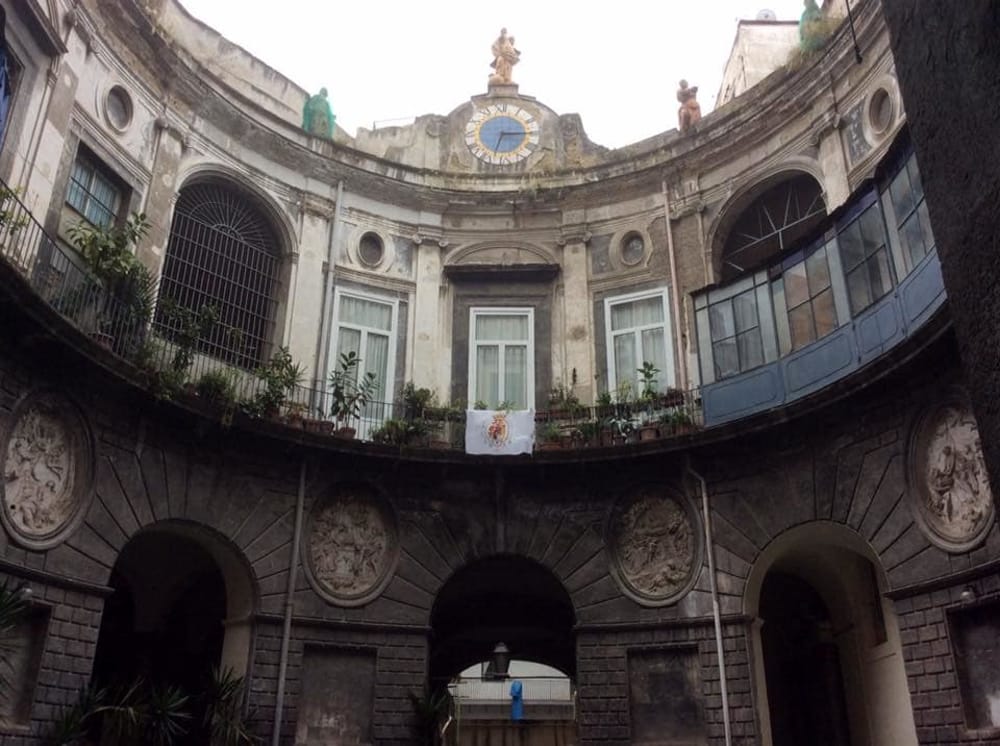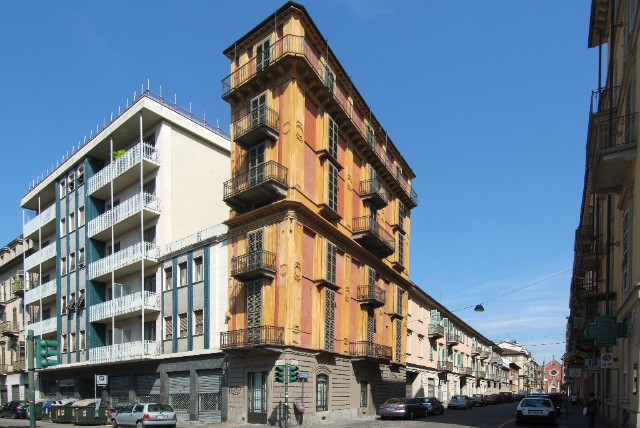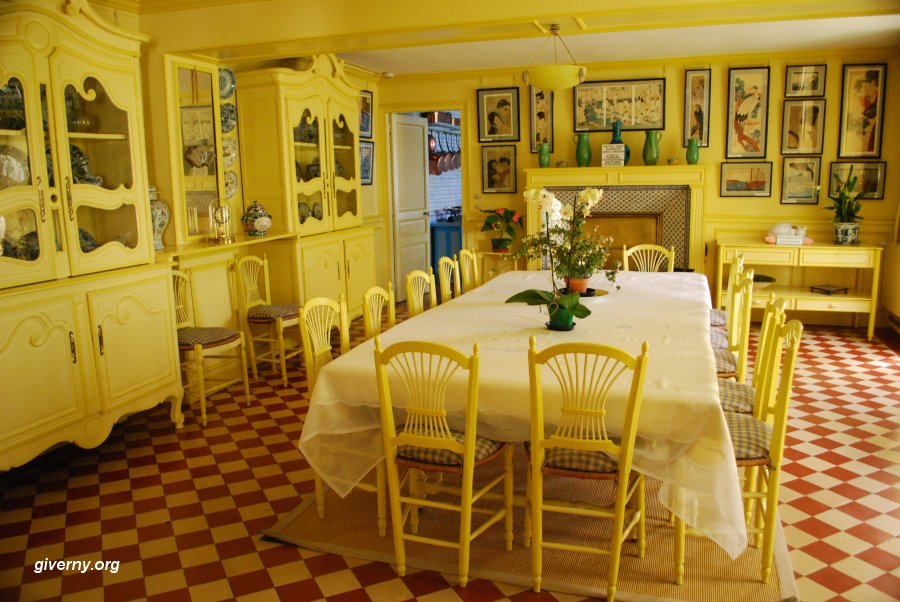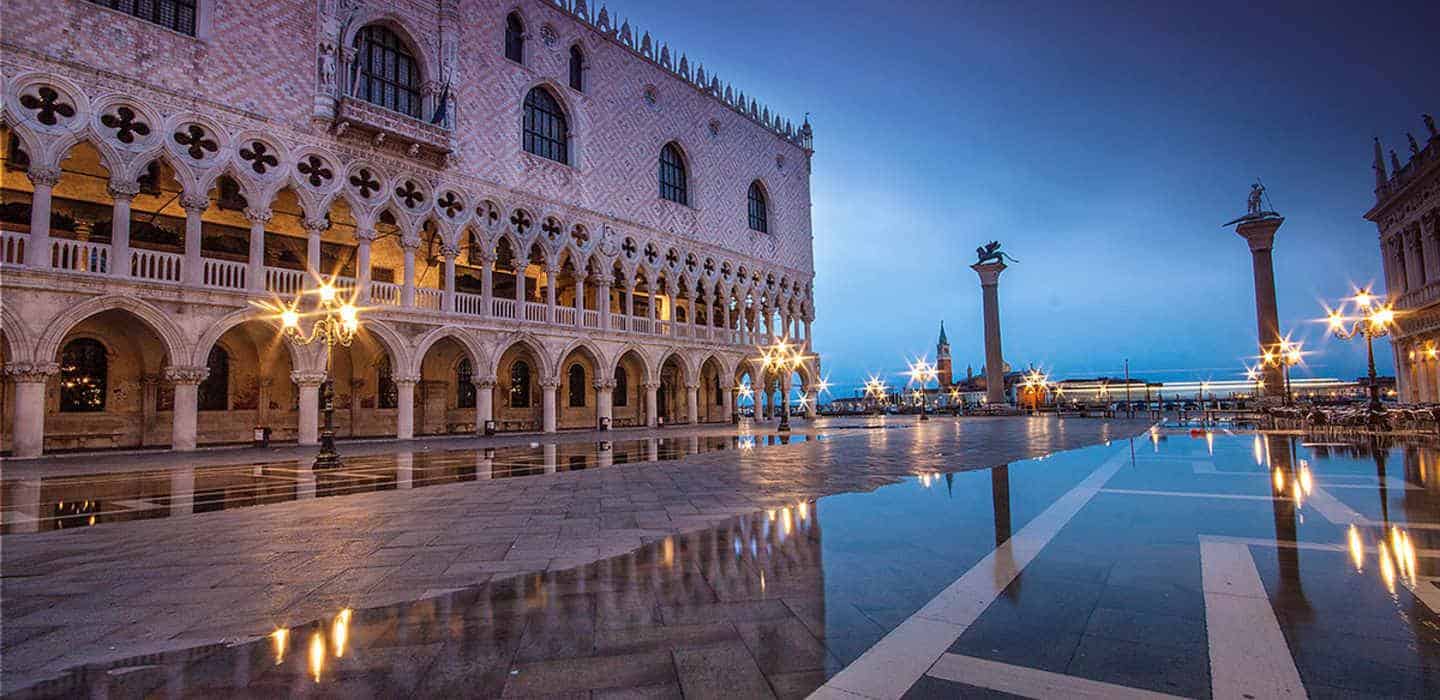<p>In Naples, on Via dei Tribunali, a real wonder opens up that not everyone knows about: è the Palazzo Spinelli di Laurino, opposite the historic pizzeria Sorbillo. What makes the building unique is its jaw-dropping architecture and the fact that art, stories and even ghost legends are woven into it. It is located at number 362 wing of the main thoroughfare of the historic center and what appears before our eyes today dates back to 1767, after the union of two pre-existing buildings. What distinguishes it from the other splendid historic palaces in the center è is its courtyard, which has an elliptical plan, two flights of stairs designed by Sanfelice and the entrance to the family chapel. The first atrium, elliptical in shape, leads into a circular/elliptical courtyard adorned with stucco and terracotta and twelve allegorical statues sculpted by Jacopo Cestaro. A clock, a statue of the virgin, and busts of two Roman emperors complete the crowning feature. In the second atrium, decorated with epigraphs and statues celebrating the women of the household, sits the’incredible double-ramp staircase. On the palace’s front door is a majestic eagle with spread wings, on whose breast is carved the coat of arms of the Laurino and Tuttavilla di Calbritto families. Like any self-respecting historic palace, Palazzo Spinelli di Laurino è also repository of its legend that features a ghost, whom many swear to have seen roaming on the’imposing staircase. It is said, in fact, that around the 16th century a pretty maiden named Bianca lived here, an orphan from an upper-class background who was taken in good will by Duke Spinelli, master of the house, with whom she had a very good relationship. The Duke’s wife, Lorenza, on the contrary, was known to be cynical, tyrannical and cruel. When the duke, before leaving for war, went to his wife to say goodbye, she did not dignify him with the slightest attention and, as he was furiously leaving the room, he met instead the sweet and innocent look full of compassion of the young girl. A look that did not please the noblewoman at all who, in a jealous rage, did not delay in killing the girl by walling her up alive. The victim, just before taking her last breath, hurledò a curse at the family by uttering the phrase: “Famme as well mura’ alive, but in cheerfulness or in grannezza tu me vidarraje”. That is whyè when the spectre of the girl materialized on the inner balustrade of the palace, after three days a misfortune, mourning or happy event happened to the Spinelli family.</p>













